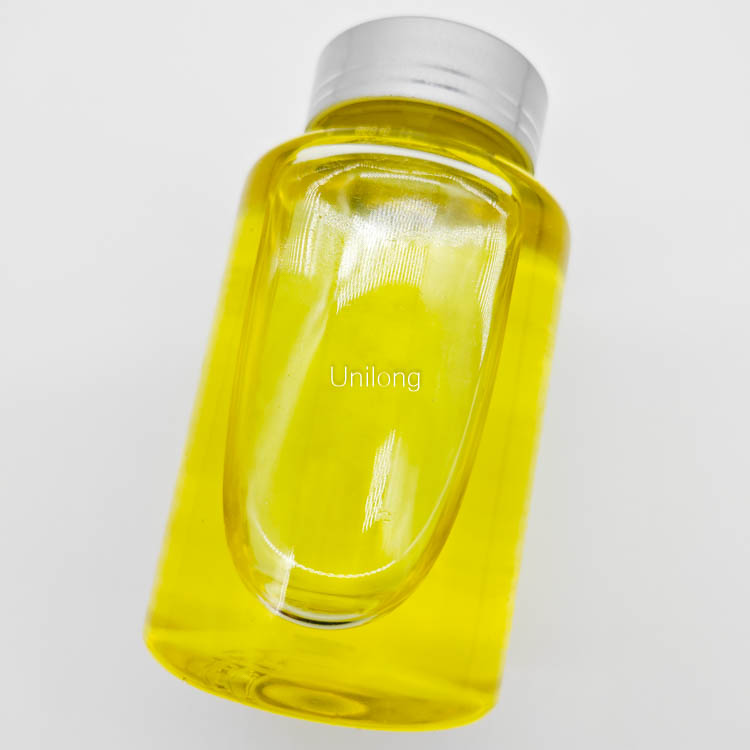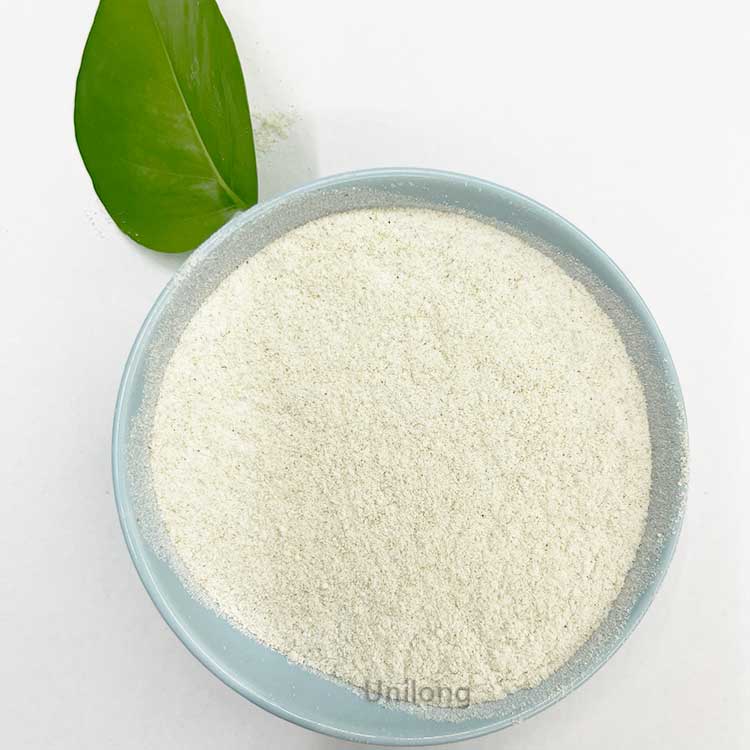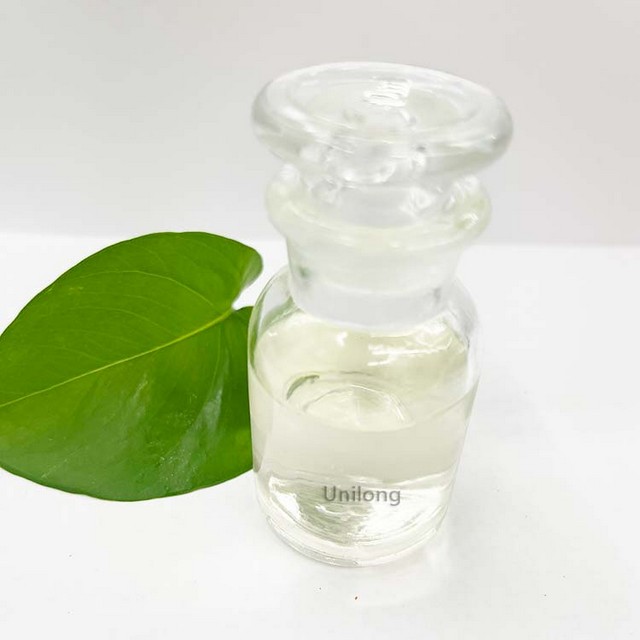What is Isophthaloyl dichloride CAS 99-63-8 ?
Isophthaloyl dichloride CAS 99-63-8 is a white crystalline organic compound. Soluble in ethyl ether, chloroform, carbon tetrachloride and other organic solvents, water, alcohol and other violent reactions. It is highly corrosive and irritating, and is an important acylation reagent.
Spécification
| Les éléments du Test |
Standard |
| La fusion point |
43-44 °C(lit.) |
| Point d'ébullition |
276 °C(lit.) |
| Densité |
1,388 g/cm3 |
| Apparence |
white crystalline |
Application
Isophthalyl chloride has important applications in many fields, such as polymer materials, pharmaceutical synthesis, and organic synthesis
Liquid crystal materials: isophthalyl chloride can be used to synthesize liquid crystal polymers. In liquid crystal display technology, liquid crystal polymer has good orientation and stability, which can improve the display effect and response speed. By reacting with different aromatic diamines, the molecular structure and properties of the polymer can be adjusted to meet the needs of different display applications.
Coatings: Isophthalyl chloride can be involved in the synthesis of high performance coating resins. For example, polyester resin produced by reaction with polyols has good weather resistance, chemical resistance and mechanical properties. Coatings prepared with this resin can be widely used in automobile, ship, construction and other fields of metal surface protection and decoration.
Adhesives: In the synthesis of adhesives, phthalyl chloride can be used as a crosslinker or modifier. It can react with polymers containing active groups to form a cross-linked structure and improve the bonding strength, heat resistance and water resistance of the adhesive. For example, the introduction of phthalyl chloride structure in polyurethane adhesives can improve the adhesion of the adhesive to different materials, especially the adhesion effect on metals and plastics.
Surfactants: phthalyl chloride can be used to synthesize surfactants with special properties. By reacting with different hydrophilic groups, a series of non-ionic, anionic or cationic surfactants can be prepared. These surfactants have good emulsification, dispersion, wetting and other properties, and can be used in detergent, cosmetics, textile printing and dyeing industries.
L'emballage
25kg/bag

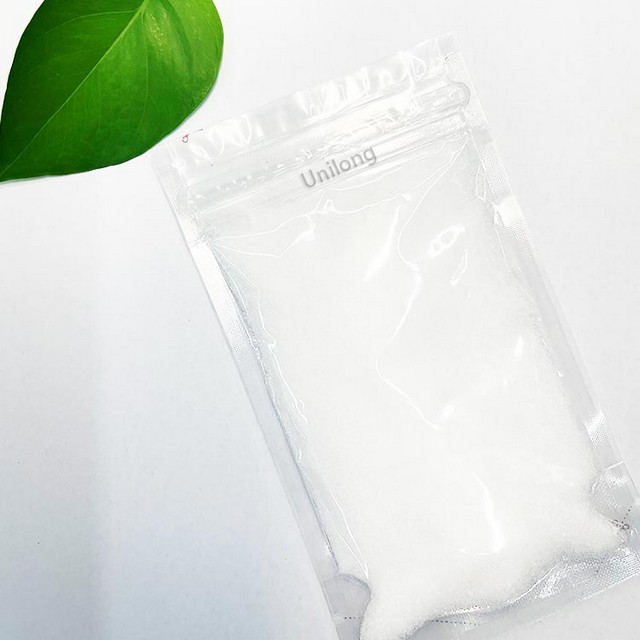

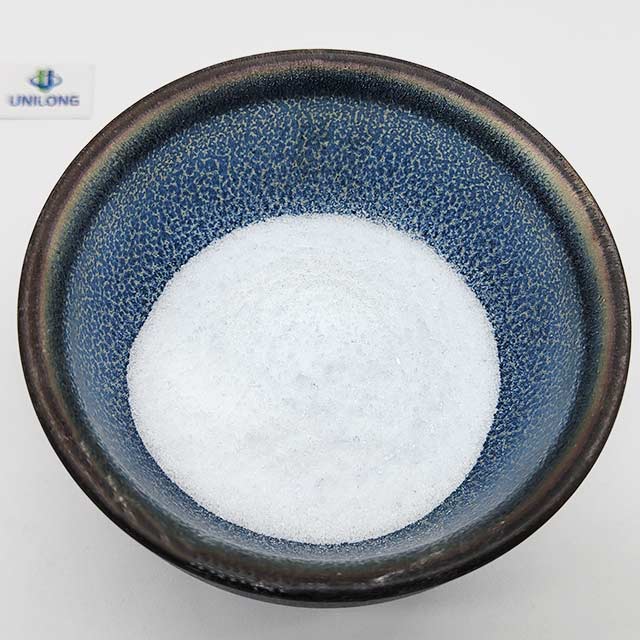



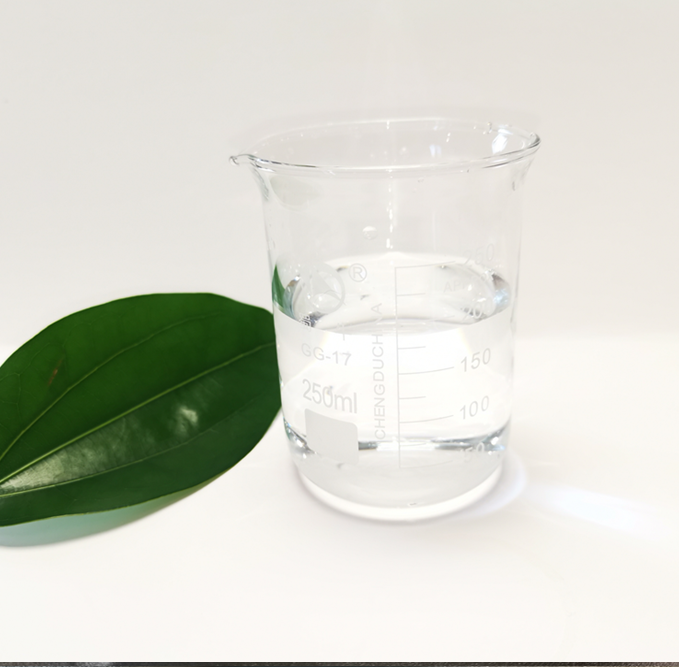
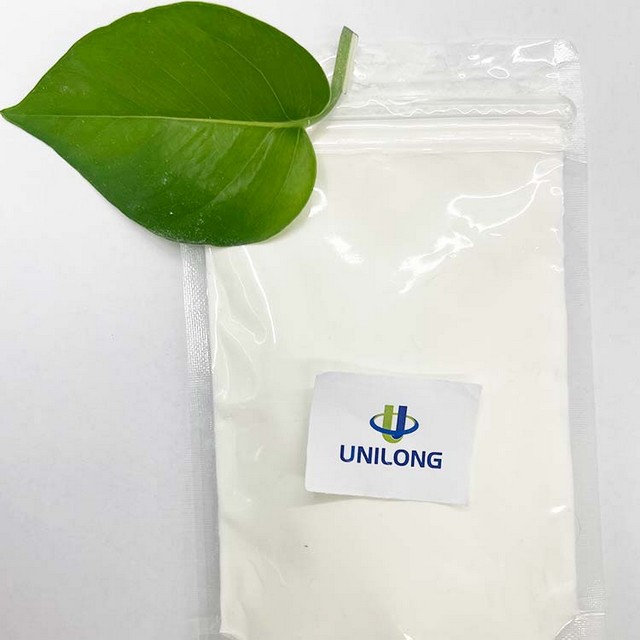
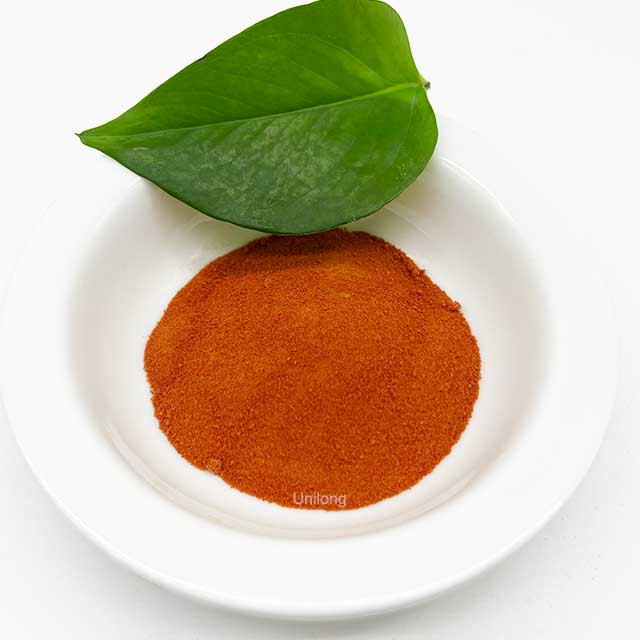
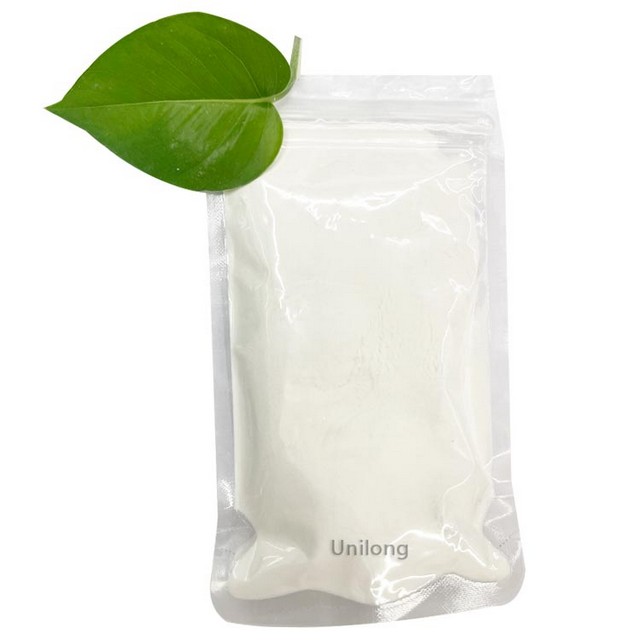
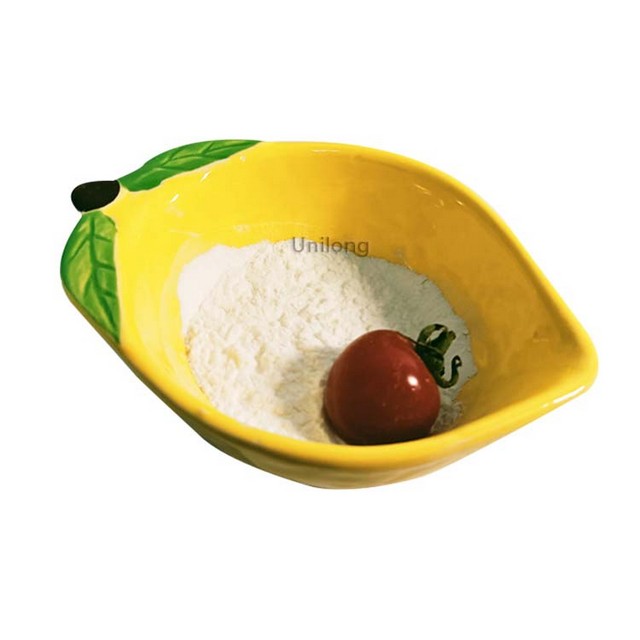
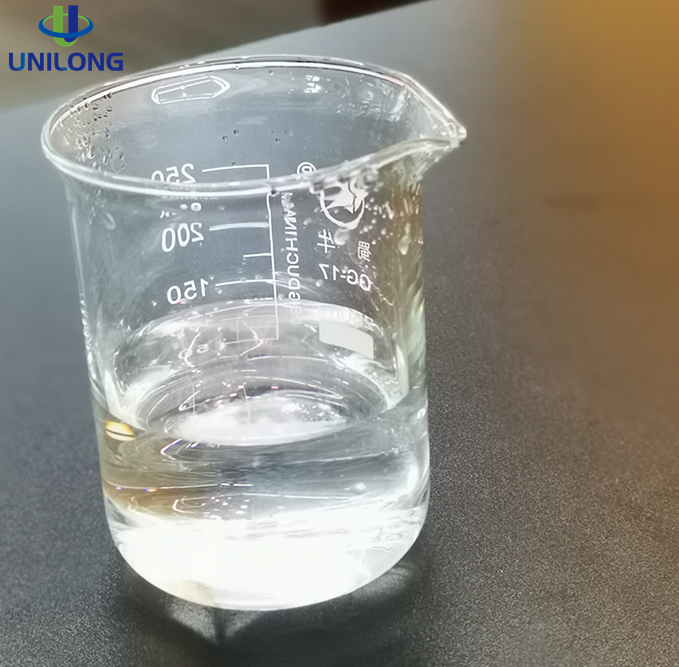
![Benzo[1,2-b:4,5-b']dithiophene-4,8-dione CAS 32281-36-0 13 Benzo[1,2-b4,5-b']dithiophene-4,8-dione-manufacturer](https://unilongindustry.com/wp-content/uploads/2024/08/Benzo12-b45-bdithiophene-48-dione-manufacturer.jpg)
